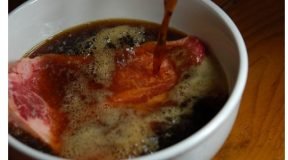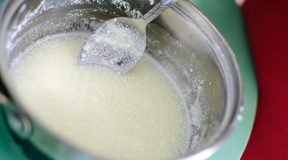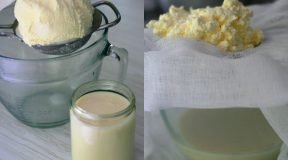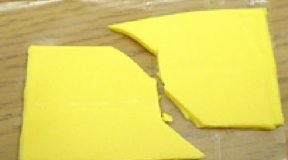Stained Glass Milk: Turn a simple bowl of cow juice into a work of kinetic art using food coloring and liquid soap, learning all about molecular structure along the way.
Materials:
- Pie pan
- Milk (whole or 2%)
- Food coloring
- Liquid dish soap
- Cotton swabs
Procedure:
1. Pour the milk into the pie pan, approximately ¼ inch deep. Allow the milk to settle before continuing.
2.Add one drop of each of the four food colors to the milk. Keep the drops close together in the center of the pan of milk.
3. Using a clean cotton swab, touch the tip of the swab into the center of the milk. Be careful not to stir the milk – you do not want to disturb the food coloring. Make observations
about what has happened.
4. Now dip the other end of the cotton swab into the liquid dish soap. Touch the soapy end of the cotton swab to the center of the milk and hold it there for 10-15 seconds. Make
observations about what has happened.
5. Adding another drop of soap on the cotton swab and touch the milk in other areas around the pie pan.
The Science:
Milk is mostly water but it also contains vitamins, minerals, proteins and tiny molecules of fat. The proteins and fats are sensitive to changes in their surrounding solution – this helps create the bursts of color! The secret is in the chemistry of the tiny drop of dish soap! The soap has bipolar characteristics, which weakens the chemical bonds that hold the proteins and fats in the milk. The soap’s polar end that is hydrophilic or water loving dissolves in water . Its polar end that is hydrophobic or water fearing attaches to the fat in the milk. The molecules of fat bend, roll, twist and contort in all directions as the soap molecules race around to meet up with the fat molecules. While all this is happening, the food coloring is bumped around and allows you to see what is happening!






